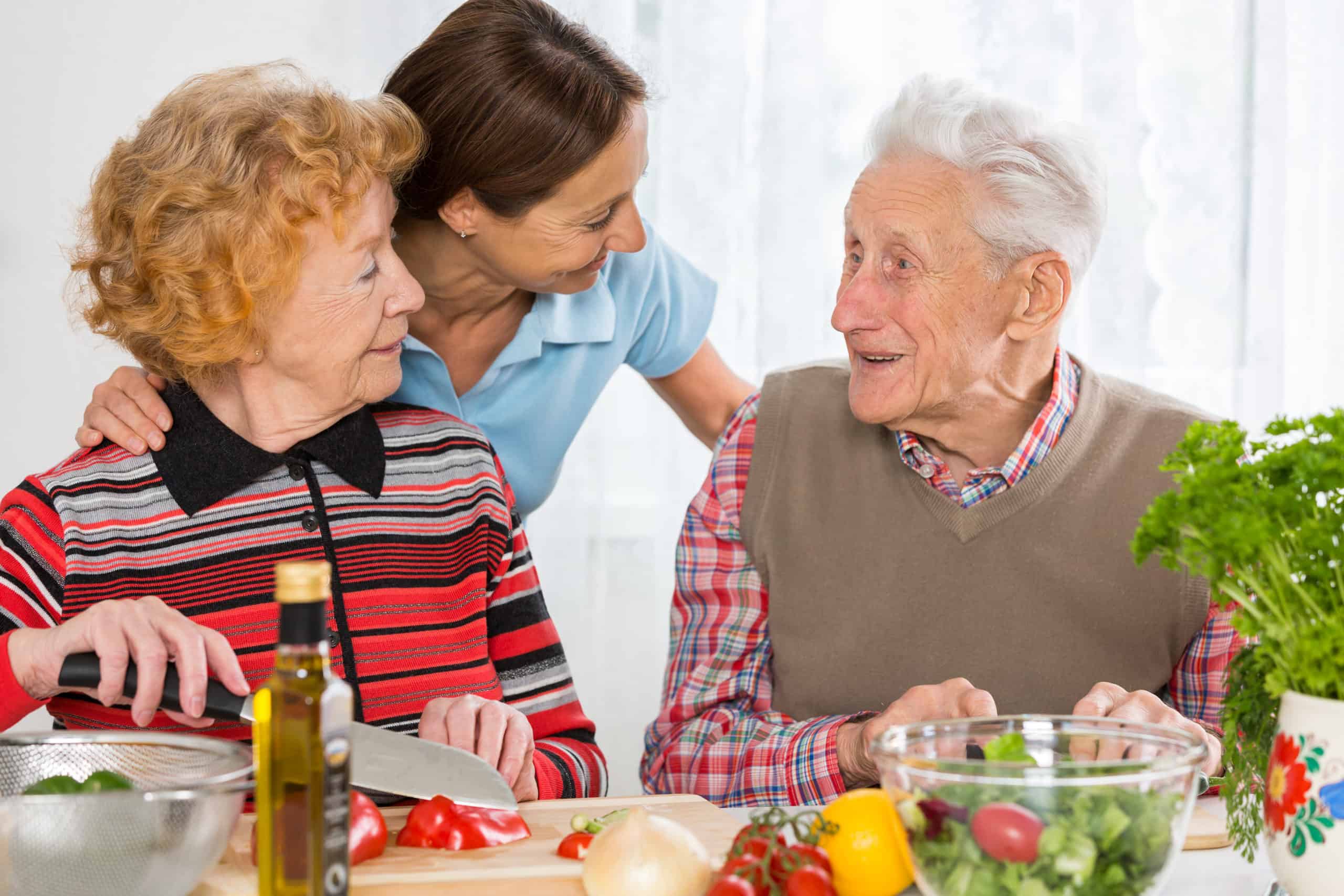Each year in Altadena and elsewhere around the country, an observance is held for Food and Drug Interactions and Awareness, so as to increase awareness of the potential for interactions between the foods and drugs we all consume. With a full week devoted to the project, there will be time to stage seminars, post social media content, and conduct activities that relate to increasing awareness of this serious subject. Sometimes interactions between various foods and drugs can cause serious problems for the consumer, even hospitalizing them in extreme cases. Professional caregivers as well as family caretakers can do their part to be on the lookout for possible harmful interactions, by ensuring that patients take only prescribed drugs in the appropriate doses. Below, you’ll find content that discusses some of the potential interactions between medications and foods consumed by an in-home patient.
Common food and drug interactions
It’s actually fairly common for some foods to interact with certain drugs, and some of these interactions are relatively mild, while others can be much more severe. Many people are aware of the interactions between certain drugs but don’t give any thought to the interactions between medications and various food types. Below are listed some of the most prevalent interactions between foods and drugs:
- vitamin K – vitamin K has a noticeable reaction when combined with warfarin, which is an anti-coagulant medication. Vitamin K is present in cauliflower, broccoli, canola oil, and some green, leafy vegetables. A large intake of vitamin K can have a strong impact on the effectiveness of warfarin, and may even render it useless.
- grapefruit – grapefruit has a tendency to interact with some kinds of cholesterol-lowering medications. Some specific types of these medications are atorvastatin, lovastatin, simvastatin, and pitavastatin. Compounds found in grapefruits and grapefruit juice can block enzyme performance as it attempts to metabolize one of these drugs in your system. Since the drugs don’t get fully metabolized, they can remain un-processed in your system, and this is likely to increase any side effects you experience.
- other substances – it’s possible for some drugs you might take to interfere with your intake of certain foods. For instance, some medications have an impact on caffeine metabolism, and that will leave more caffeine in your body than you should have. Another good example is the drugs that lower blood pressure – these can cause potassium levels to rise in the body, and that can trigger a dangerous cardiac arrhythmia.
- alcohol – when a person consumes alcohol frequently, or consumes a great deal at once, it can have the effect of increasing the impact of certain drugs such as erectile dysfunction medications. It can also multiply the effect of blood pressure-lowering drugs, potentially to dangerous levels.
- potassium-rich foods – foods such as milk, bananas, orange juice, and baked potatoes contain a great deal of potassium. There are quite a few drugs that will interact with high potassium in your system, and this can lead to a dangerous situation where an arrhythmia can result.
- tyramine-rich foods – tyramines are found in smoked meats, sauerkraut, aged cheeses, and draft beer. These can interact with erectile dysfunction drugs and anti-depressants, causing headaches, high blood pressure, and dizziness.
The timing of your meals
Even the timing of your meals can have an impact on how drugs might interact with your system. For instance, sometimes doctors will recommend that you take certain medications while eating, because the food will reduce any irritation to your stomach and make the medication more effective. Contrarily, some medications should be taken several hours before eating, while you still have an empty stomach. It’s important for you to understand which medications are effective on an empty stomach, and which should be accompanied by a meal, so as to avoid any unpleasant reactions and to increase the effectiveness of the medication.
Educating yourself about food-drug interactions
The best way for you to avoid any undesirable side effects from taking food and drugs in is to educate yourself about the potential interactions they might have. In many cases, there will be warnings on the labels of medications, advising you on how the drug should be ingested, and sometimes with a listing of possible interactions. Very often, medications will have pamphlets included (which most people simply discard), and these pamphlets may describe any interactions that are possible.
If you have any questions about which medications should be eaten with foods, and which should be ingested on an empty stomach, be sure and ask your pharmacist. Information about interactions with other drugs or with foods will generally be included on the pamphlet accompanying the prescription. The more informed you are about these things, the better chance you’ll have of avoiding unpleasant reactions between foods and medications. Since some of these reactions can be quite severe, it becomes a matter affecting your overall health and wellness.

